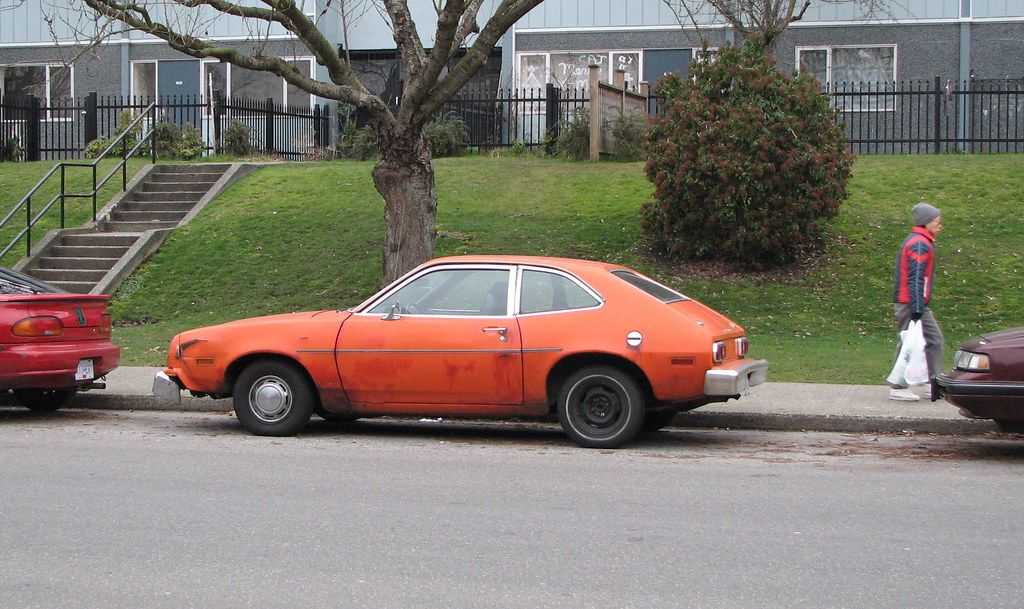
Imagine the unthinkable: your car, a symbol of freedom and convenience, suddenly engulfed in flames. While car fires might seem like something out of a movie, they are a stark reality, accounting for nearly one in every eight reported fires, according to the National Fire Protection Association (NFPA). It’s a sobering statistic that highlights the importance of understanding why these devastating incidents occur and, more importantly, how we can work together to prevent them.
The truth is, a car fire is rarely the result of a single, isolated event. Instead, it’s often a complex interplay of human factors, mechanical glitches, and chemical reactions that conspire to ignite a blaze. Once a fire starts, it can escalate with terrifying speed, turning a minor issue into a major catastrophe in mere moments. That’s why being informed isn’t just about curiosity; it’s about empowerment, giving you the knowledge to potentially avoid a dangerous situation altogether.
Our goal today is to arm you with practical, accessible insights from those who know cars best: the mechanics. They’ve seen it all, and their collective wisdom can guide us through the most common culprits behind vehicle fires. This in-depth look isn’t just about statistics; it’s about actionable knowledge that could save your car, your possessions, and even your life. So, buckle up as we explore the primary causes that every driver should be aware of, starting with some of the most frequent offenders.

1. **Fuel System Leaks**:One of the most immediate and dangerous precursors to a car fire is a leak in the fuel system. When you think about it, gasoline is highly flammable, and even a small drip can become a significant hazard if it comes into contact with a hot engine component or an electrical spark. Mechanics often see issues arising from components like “rotten fuel lines,” “faulty fuel line connectors,” or a “leaky fuel injection system.” These aren’t just minor annoyances; they are potential disaster points waiting to happen.
Over time, rubber and plastic components, including fuel lines, can degrade due to age, exposure to elements, or general wear and tear. This degradation can lead to cracks, brittleness, or loosening of connections, creating pathways for fuel to escape. When your vehicle is running, the fuel system is under pressure, which can exacerbate a small leak into a spray, increasing the risk of ignition dramatically. The smell of gasoline, especially after your car has been sitting or immediately after driving, is a critical warning sign that should never be ignored.
A mechanic’s insight here is invaluable. They understand that a simple visual inspection during routine maintenance can often catch these issues before they become critical. Checking for damp spots under the vehicle, paying attention to fuel efficiency changes, or noticing a strong fuel odor are all cues that something is amiss. Addressing a “rotten fuel line” or a “faulty fuel line connector” isn’t just about keeping your car running smoothly; it’s a fundamental fire prevention step that safeguards your entire vehicle.
Moreover, the location of these leaks matters immensely. If fuel drips onto a scorching exhaust manifold or an exposed electrical wire, the flashpoint could be reached instantly, leading to a sudden and ferocious fire. This is why vigilance regarding your fuel system is paramount. It’s a closed system for a reason, and any breach demands immediate professional attention to ensure safety on the road.
Preventing fuel leaks involves adhering to your car’s maintenance schedule. Regular checks of the fuel lines and connectors can identify wear before it turns into a hazardous leak. Mechanics emphasize that proactively replacing aging components, even if they aren’t actively leaking yet, is a wise investment in your safety and the longevity of your vehicle. Don’t wait for the smell of gas to prompt action; make fuel system integrity a priority.
Read more about: The ’70s Puzzle: 12 Lost Giants – Why These American and Global ‘Trucks’ Vanished from the Roads of History
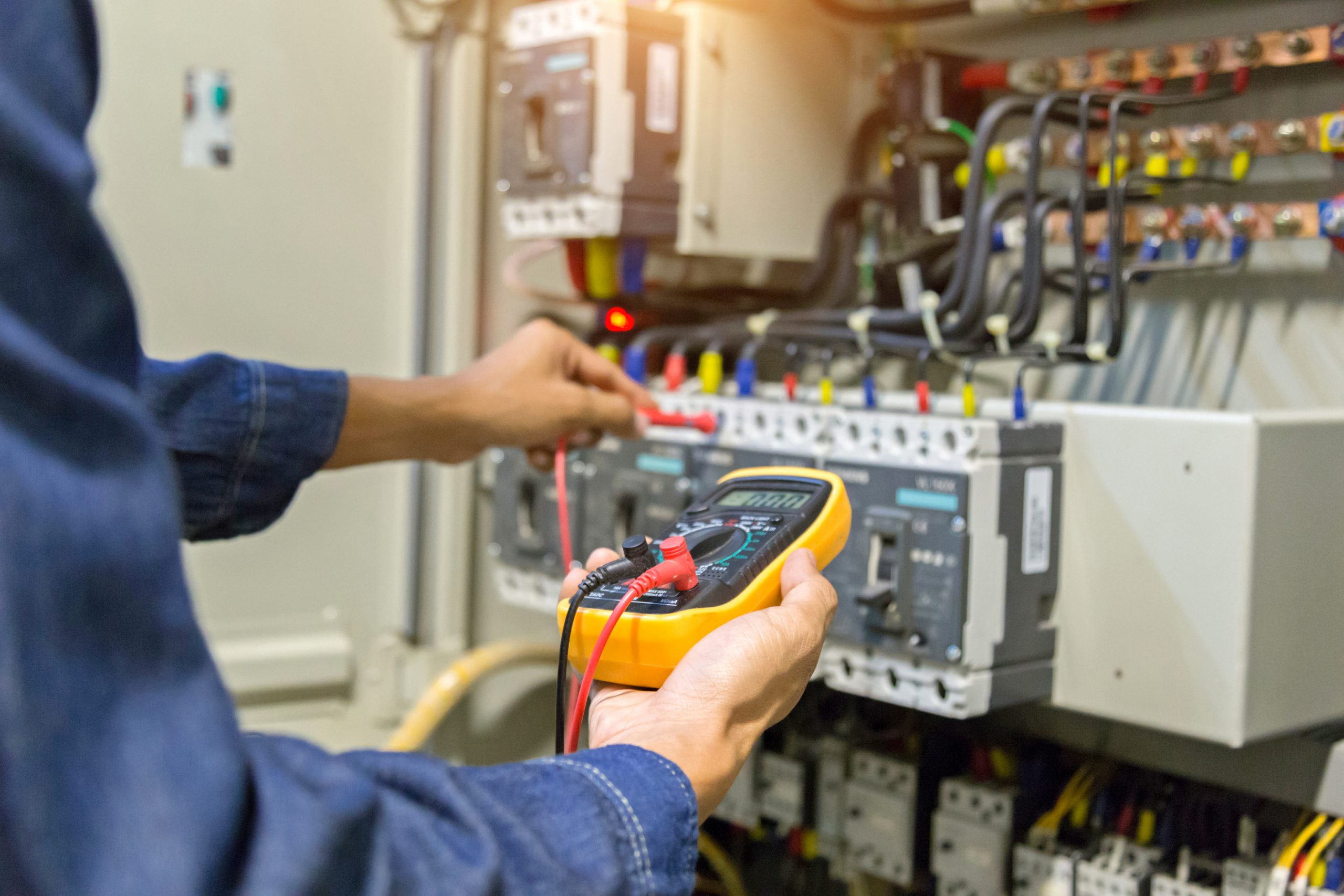
2. **Electrical System Failures**:In today’s vehicles, electrical systems are incredibly complex, powering everything from your headlights to advanced infotainment systems. However, this complexity also introduces a significant potential for fire hazards if things go wrong. Electrical system failures, such as “faulty car batteries,” “broken lightbulbs,” “short circuits,” or the “breakdown of fuses, fusible links, and circuit breakers,” are frequent causes of vehicle fires. These issues often stem from wear-and-tear, neglect, or even improperly completed DIY repairs.
A “short circuit” is a particularly insidious culprit. It occurs when electricity flows along an unintended path, bypassing the normal circuit and encountering little to no resistance. This surge of current generates immense heat, often enough to melt insulation, ignite surrounding materials, and quickly spread a fire. Faulty wiring, perhaps frayed from vibration or chewed through by rodents (a topic we’ll cover later), can expose bare wires and lead to such dangerous shorts. The constant movement and vibration within a vehicle can gradually wear down wiring insulation, making it susceptible to these kinds of failures.
The car battery itself, despite being a crucial component, can also be a source of fire if faulty. A damaged or overcharged battery can vent explosive gases or even experience internal short circuits, leading to overheating and potential ignition. While less than 1% of all car fires involve electric vehicles, thermal runaway within the battery is one of the most common causes of electric car fires. This highlights that while different, both traditional and electric car batteries require proper functioning to prevent thermal events.
Fuses and circuit breakers are designed as safety mechanisms to prevent electrical overloads, but their “breakdown” can remove a crucial layer of protection. If a fuse is improperly replaced with one of a higher amperage, or if the system experiences a persistent fault that overwhelms these protective devices, the risk of fire increases. Any flickering lights, unusual burning smells, or intermittent electrical problems are clear indicators that your vehicle’s electrical system needs immediate professional attention.
Preventing electrical fires often comes down to quality maintenance and avoiding shortcuts. Mechanics strongly advise against amateur electrical work, especially when installing “aftermarket accessories,” as improper installation can “introduce an electrical fault and cause a fire.” Trusting certified technicians for electrical repairs and upgrades ensures that all connections are secure, wiring is properly insulated, and safety protocols are followed, drastically reducing your risk of an electrical fire.
Read more about: Read This First: 14 Popular Trucks and SUVs That Become Costly Money Pits Once They Hit 80,000 Miles
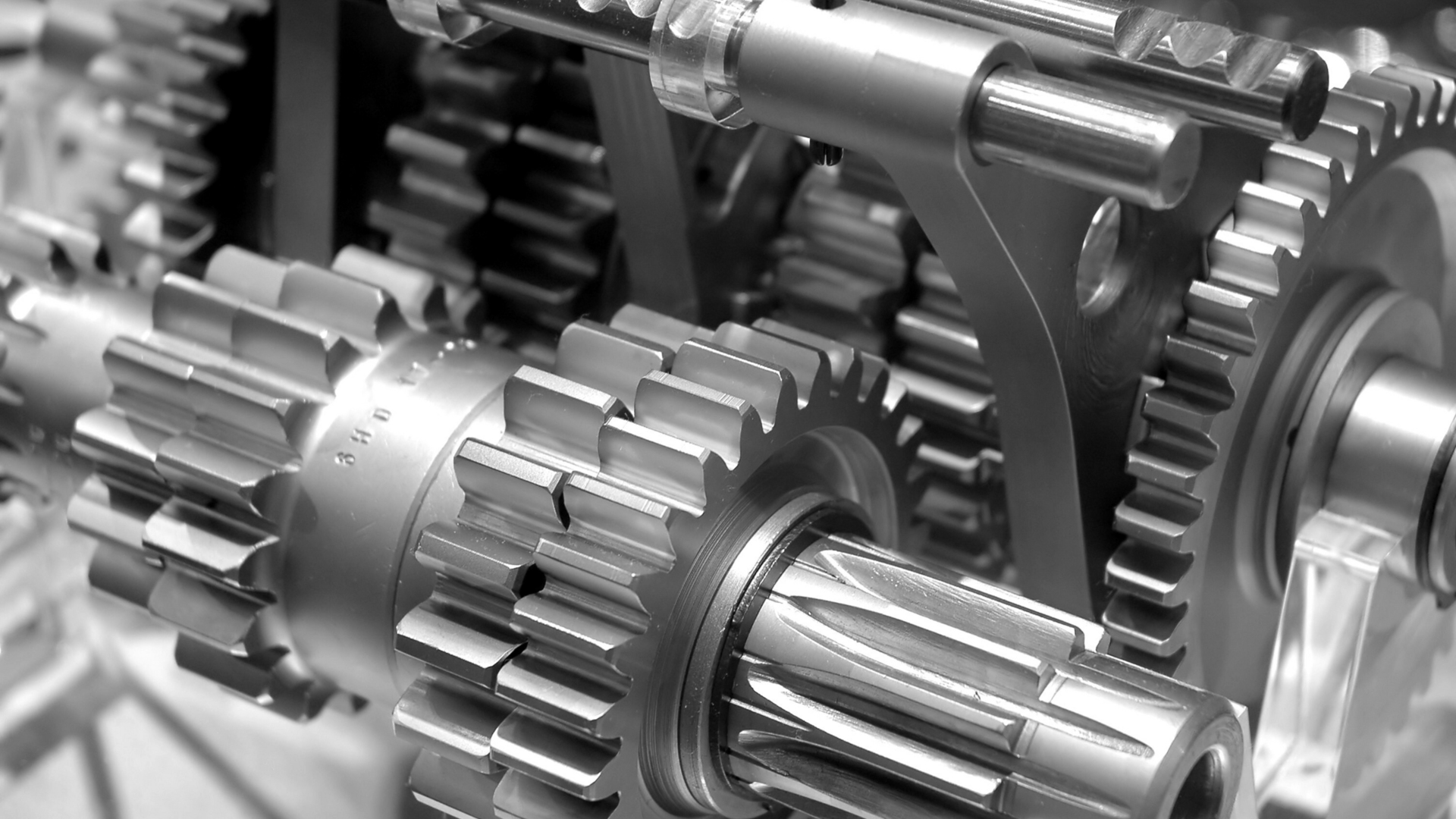
3. **Mechanical Failures**:Beyond the specific issues of fuel and electrical systems, general mechanical failures represent a broad category of fire causes. These can range from a “faulty design in the vehicle” to an “improperly installed device.” While modern vehicles are engineered with impressive safety standards, no system is entirely foolproof, and even minor mechanical defects can, under the right circumstances, escalate into a serious fire hazard. Understanding this category is crucial because it often points to issues that might not be immediately obvious to the average driver.
A “faulty design” can be particularly dangerous because it affects an entire batch of vehicles, leading to widespread recalls. For instance, the context mentions Volkswagen recalling 177,000 SUVs due to the potential for the engine cover to come loose, contact hot parts of the engine, and pose a fire risk. Another example is Ford recalling nearly 700,000 vehicles due to cracked fuel injector issues leading to under-hood fires. These incidents underscore that sometimes the problem isn’t with your specific maintenance, but a fundamental flaw that only the manufacturer can address. Always pay attention to recall notices and act promptly.
“Improperly installed devices” can stem from a variety of situations. This could include a component that was not correctly fitted during manufacturing, a part replaced incorrectly during a repair, or even an aftermarket modification gone wrong. The consequences can be severe. For example, a loose hose clamp could lead to a fluid leak, or a misaligned component could rub against wiring, causing abrasion and eventual electrical failure. These types of failures may not be visible without a thorough inspection by a trained eye.
The key takeaway here is the importance of professional service. While it might be tempting to save money with DIY repairs or by opting for cheaper, less experienced mechanics, the risks associated with “improperly installed devices” are too high. A mechanic who understands the intricacies of your vehicle model can identify potential design flaws or installation errors before they become critical. Their expertise ensures that all components are fitted correctly, minimizing any unintended friction, leaks, or electrical hazards that could lead to a fire.
Ultimately, mechanical integrity is paramount for fire prevention. Regular comprehensive inspections are essential, going beyond just fluid checks and tire rotations. A skilled mechanic can spot subtle signs of stress, wear, or incorrect assembly that could indicate an underlying mechanical issue with fire potential. Staying informed about recalls and choosing reputable service providers are your best defenses against these often-hidden dangers, ensuring your vehicle remains mechanically sound and safe.
Read more about: The Top 14 Vehicles Built to Go the Distance: Your Guide to 350,000+ Mile Reliability

4. **Overheated Engines**:An overheated engine is not just a nuisance that leaves you stranded on the side of the road; it’s a significant fire risk. The engine bay contains numerous flammable fluids, and when temperatures soar beyond safe operating limits, these fluids can ignite. The context explicitly lists “overheated engine due to worn-out water pump or cooling fan” as a common “heat source” for vehicle fires. This highlights a crucial area where routine maintenance can literally be a lifesaver.
When an engine overheats, components like oil, transmission fluid, or even coolant can reach their flash points and ignite. A “worn-out water pump” or a “cooling fan” that isn’t functioning correctly means that the engine’s primary cooling mechanisms are compromised. This leads to a rapid increase in temperature, which can put immense stress on hoses, seals, and gaskets. If these components fail under extreme heat, flammable liquids can spray onto hot engine parts, creating an instant inferno.
Drivers often notice the signs of an overheating engine: the temperature gauge climbing into the red, steam rising from under the hood, or a distinct burning smell. Ignoring these warnings, even for a short distance, drastically increases the risk. The immense heat generated by an engine pushed past its limits is a powerful catalyst for combustion, especially when combined with any existing leaks or degraded materials in the engine compartment.
Regular checks of your cooling system are absolutely vital. This includes ensuring that your coolant levels are appropriate, that hoses are in good condition without cracks or bulges, and that your radiator and cooling fan are functioning efficiently. A mechanic can easily inspect these components during routine service, identifying and replacing “worn-out” parts before they lead to an emergency. Investing in preventative maintenance for your cooling system is a direct investment in your vehicle’s fire safety.
Beyond mechanical failures, external factors can also contribute to engine overheating. Driving in extremely hot weather, towing heavy loads, or prolonged idling in traffic can all place extra strain on the cooling system. While an efficient cooling system is designed to handle these conditions, any underlying weakness—like a faulty thermostat or a partially clogged radiator—will be exposed, making the engine susceptible to critical overheating and the associated fire risks.
Read more about: BMW Recall Alert: Investigating the Engine Fire Risk Affecting X5, X7, 340i, and Other Models

5. **Faulty Catalytic Converters**:The catalytic converter is a vital part of your car’s exhaust system, designed to reduce harmful emissions. It works by converting toxic pollutants into less harmful gases through chemical reactions, which naturally generate a lot of heat. Under normal operation, a catalytic converter operates at high temperatures, but when it becomes “clogged or overworked,” it can “easily overheat,” transforming from a benign component into a significant fire hazard.
A healthy catalytic converter operates efficiently, but blockages can occur due to unburnt fuel or engine problems, causing exhaust gases to back up and heat to concentrate. This excessive heat isn’t just a threat to the converter itself; it radiates outwards, posing a serious risk to surrounding vehicle components and anything beneath the car. The context mentions that catalytic converters “can be a magnet for road debris that catches on the converter’s heat shield and burns,” which adds another layer of danger.
The intense heat generated by an “overworked” or “clogged” catalytic converter can easily ignite dry grass, leaves, or other road debris that might accumulate underneath your vehicle, especially when parked. This is why it’s particularly risky to park a hot car over tall grass after a long drive. The thermal energy from a malfunctioning converter can be sufficient to start a ground fire, which can then spread to the vehicle itself, leading to devastating consequences.
Signs of a failing catalytic converter include a noticeable loss of engine power, a rotten egg smell (sulfur), or the engine running roughly. Sometimes, the “check engine” light will illuminate on your dashboard. Ignoring these signals is not only detrimental to your car’s performance and the environment but also escalates the fire risk. A mechanic can diagnose a clogged or failing catalytic converter through various tests, including checking exhaust back pressure or using an infrared thermometer to measure its operating temperature.
Regular vehicle maintenance is the best defense against a faulty catalytic converter. Ensuring your engine is running efficiently helps prevent unburnt fuel from reaching and clogging the converter. Addressing engine misfires, spark plug issues, or oxygen sensor problems promptly can extend the life of your catalytic converter and reduce its propensity to overheat. Keeping your car well-maintained is key to ensuring this hot-working component remains a purifier, not an igniter.
Read more about: 15 Essential Car Maintenance Checks to Shield Your Wallet and Drive Safely: A Consumer Reports Guide to Preventing Roadside Breakdowns

6. **Aftermarket Accessories**:It’s tempting to customize your vehicle with a host of aftermarket accessories, from advanced stereo systems and elaborate lighting to performance enhancements. However, the installation of these items, particularly when “not carried out by authorized technicians,” can “inadvertently introduce an electrical fault and cause a fire.” This often overlooked cause of vehicle fires stems from improper wiring, inadequate fusing, or overloading existing electrical circuits, turning a desirable upgrade into a serious liability.
The core problem with poorly installed aftermarket accessories lies in their electrical connections. When non-professionals tap into a vehicle’s intricate wiring harness, they might use incorrect wire gauges, make shoddy splices, or fail to adequately insulate connections. These shortcuts can lead to resistance, overheating, and eventually, a “short circuit” or an arcing event. Without proper fusing, an overloaded circuit can quickly generate enough heat to melt insulation and ignite flammable materials within the dashboard or under the seats.
Moreover, some accessories draw more power than the vehicle’s original electrical system was designed to provide. If the alternator and battery are not upgraded to support the increased demand, the entire system can become strained, leading to overheating of wires, relays, and even the battery itself. This continuous stress on the electrical system significantly heightens the risk of a component failure that could spark a fire. The temptation to “DIY” these installations without proper knowledge or tools can be incredibly costly in the long run.
Mechanics are quick to point out that while many aftermarket products are safe and well-designed, their safety is entirely dependent on professional installation. An “authorized technician” understands the load capacity of your vehicle’s electrical system, knows where to safely draw power, and ensures that all wiring is properly secured, insulated, and fused according to safety standards. They use appropriate connectors and techniques to maintain the integrity of your car’s original electrical architecture.
If you’re considering adding aftermarket accessories, prioritize safety over cost savings. Always choose reputable installers with proven experience and certifications. Discuss the electrical demands of your proposed additions with your mechanic to ensure your vehicle can handle them without risk. A small investment in professional installation can prevent a much larger and more dangerous problem down the road, ensuring your enhancements add enjoyment, not danger, to your driving experience.
Now that we’ve covered the initial common culprits, let’s delve deeper into other significant fire triggers that mechanics want you to know about. These next causes range from unexpected natural intrusions to deliberate acts, specialized component risks, and specific vehicle type vulnerabilities. Understanding these additional factors is vital for comprehensive prevention, ensuring you’re equipped with the knowledge to protect your vehicle and everyone around it from potential danger.
Read more about: The 14 Indestructible Off-Roaders Engineered to Conquer a Quarter-Century of Trails

7. **Rodents and Animals**:It might sound surprising, but tiny creatures can cause monumental damage, leading to devastating car fires. Rodents, like mice and rats, are notorious for seeking warmth and shelter within vehicle engine bays, especially during colder months. Once inside, they often build nests from flammable materials and, more critically, chew through wiring and hoses.
Their gnawing isn’t just an annoyance; it’s a serious fire hazard. Modern vehicles frequently use soy-based wire insulation, which, unfortunately, can be particularly attractive to these pests. When rodents chew through this insulation, they expose bare wires, creating the perfect conditions for a “short circuit” – a direct pathway to sparks and intense heat that can quickly ignite surrounding nesting materials or leaked fluids.
Mechanics regularly encounter evidence of rodent activity, such as frayed wires, droppings, or stashes of nuts and other debris within the engine compartment. These nests, often made of dried leaves, fabric scraps, or paper, act as ideal kindling if an electrical spark or a hot engine component comes into contact with them. The combination of exposed wiring and highly flammable nesting material is a recipe for disaster.
To prevent this hidden danger, regular inspections of your engine bay are crucial, especially if your car sits for extended periods. Consider using rodent deterrents if you live in an area prone to such pests, and always keep your vehicle’s surroundings clean and free of food sources that might attract them. Early detection and removal of any nesting materials or damaged wiring by a professional mechanic can save your vehicle from becoming an unexpected fire statistic.
Read more about: The Curated Collection: Unpacking North America’s Most Distinctive Jay Species – An Exclusive Ornithological Showcase
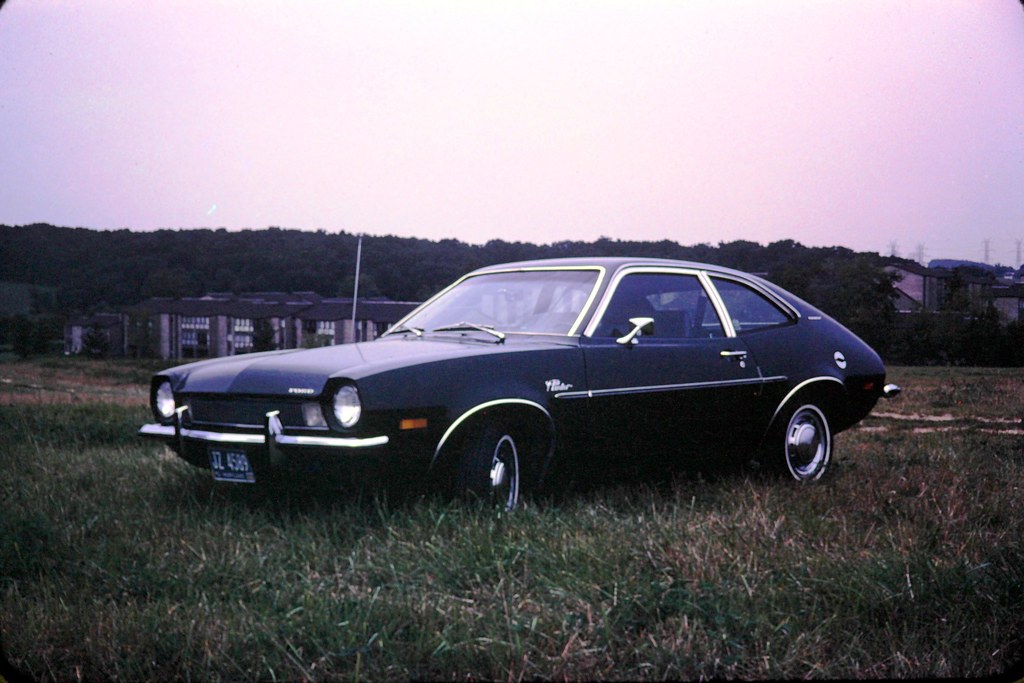
8. **Dangerous Cargo**:What you carry in your car, especially if it’s not designed for specific types of cargo, can dramatically increase fire risk. While most people don’t transport highly flammable or toxic chemicals regularly, even common items can become dangerous under the wrong circumstances. The context specifically highlights items like “propane tanks and gasoline jerry cans” which can significantly “fuel a fire in the event of a collision” or simply through improper storage.
Vehicles are designed to safely transport people and everyday items, not act as mobile hazardous material containers. When flammable liquids such as extra gasoline or propane cylinders are stored improperly, they pose an inherent risk. A sudden stop, a sharp turn, or even a minor fender-bender can cause these items to shift, tip over, or rupture. Even a small leak can release highly combustible vapors into the enclosed space of your vehicle, creating an explosive atmosphere.
The real danger escalates in the event of a collision. If a vehicle carrying such cargo is involved in an accident, the impact can breach containers, spilling highly flammable substances. These substances can then easily ignite from sparks caused by metal-on-metal friction, damaged electrical components, or even the heat from the engine itself. What might have been a minor accident could rapidly transform into a life-threatening inferno.
Mechanics and safety experts advise extreme caution when transporting any flammable materials. Always ensure containers are properly sealed, secured, and transported only when absolutely necessary, preferably in well-ventilated areas like a truck bed, not an enclosed passenger compartment. Never store these items in your vehicle long-term. Remember, your car is not built to be a storage unit for hazardous cargo, and taking shortcuts here puts yourself and others at severe risk.
Read more about: The $15.8 Million Presidential Custom Fleet: A Deep Dive into High-Security Transportation and Campaign Operations

9. **Arson**:While many car fires stem from mechanical or electrical faults, a significant portion is unfortunately caused by deliberate acts. Arson is identified as the “most common cause of car fires” in the UK, where “65% of car fires… are started deliberately as a result of criminal activity.” The context also notes that “one in 12 stolen vehicles in the UK are set on fire,” clearly indicating a malicious intent behind many vehicle blazes.
These deliberately set fires are particularly devastating, not only for the vehicle owner but also for the potential spread of fire to surrounding property or even other vehicles. Unlike accidental fires which often have tell-tale signs for investigators, arson attempts can be complex, often involving accelerants to ensure rapid ignition and destruction. It’s a stark reminder that not all threats to your vehicle come from internal malfunctions; some come from external, criminal sources.
Preventing arson is challenging, as it relies on factors beyond mechanical maintenance. However, several measures can reduce your vehicle’s vulnerability. Parking your car in well-lit, secure areas, preferably in a garage or monitored lot, can act as a deterrent. Installing car alarms or immobilizers can help prevent theft, which often precedes arson. Promptly reporting any suspicious activity around your vehicle or in your neighborhood is also crucial, as community vigilance plays a role in crime prevention.
When a fire is suspected to be arson, a thorough investigation by fire services and law enforcement is paramount. Mechanics might be involved in identifying pre-existing conditions, but the ultimate determination often falls to forensic investigators who examine burn patterns and chemical residues. Understanding that arson is a real and common threat encourages drivers to be proactive about their vehicle’s security, adding another layer of defense against potential disaster.
Read more about: From Dreamy Encounters to Total Nightmares: Fans Spill the Tea on the Best and Worst Celebrities They’ve Ever Met
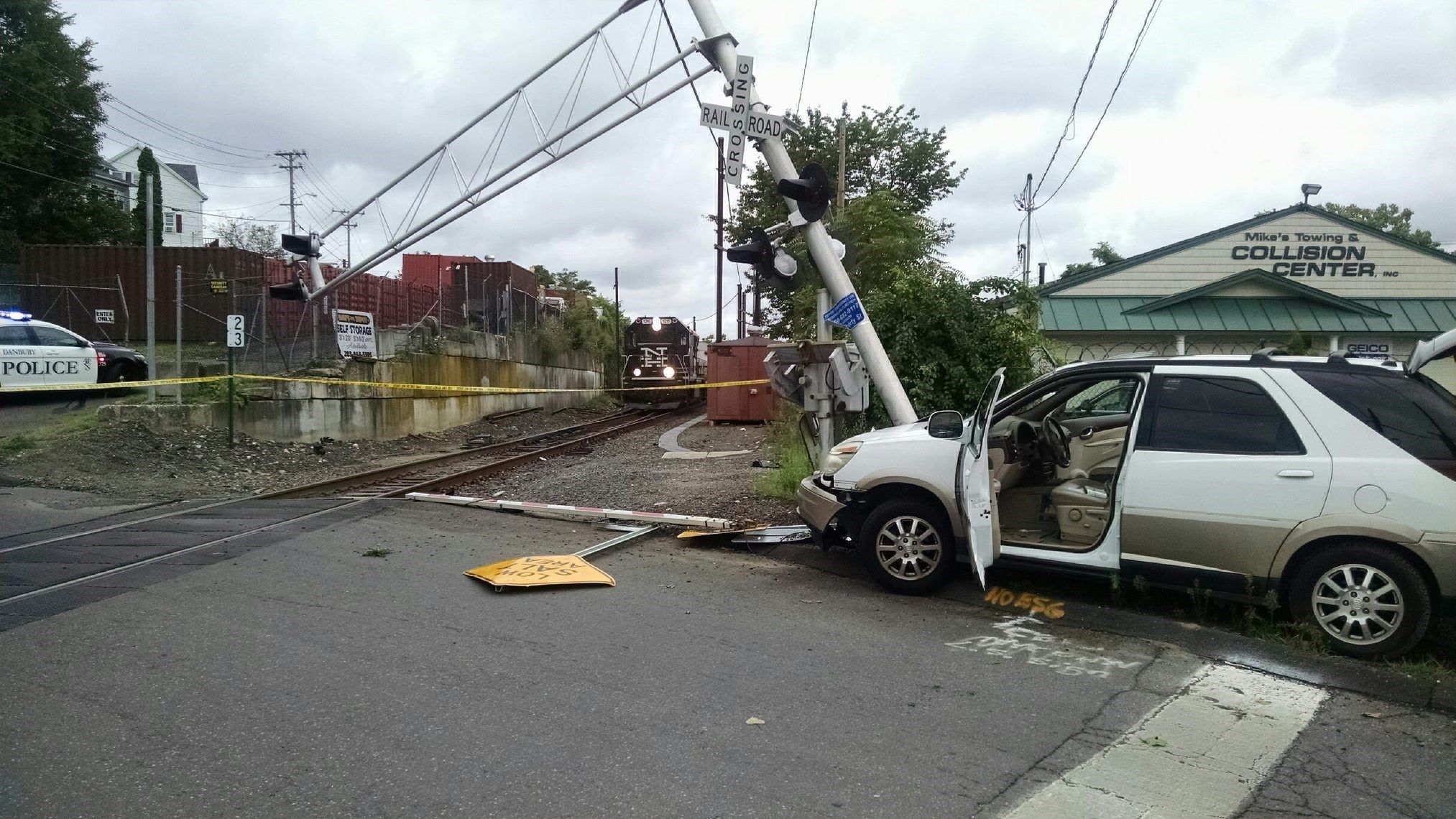
10. **Car Crashes**:It might seem obvious, but car crashes are a critical and unfortunately common cause of vehicle fires. The sheer force of impact in an accident can wreak havoc on a vehicle’s intricate systems, directly leading to ignition. The context explicitly lists “Car crashes” as one of the primary reasons cars catch fire, emphasizing the destructive interplay of mechanical damage, fluid leaks, and electrical disruptions that happen in an instant.
During a collision, several things can happen simultaneously to spark a fire. Fuel lines can rupture, spraying highly flammable gasoline or diesel. Electrical wires can become severed, causing “short circuits” and arcing sparks. Hot engine components, exhaust systems, or even the intense friction from the crash itself can then ignite these leaking fluids or exposed electrical points. The impact can also damage vehicle batteries, increasing the risk of thermal events, particularly in electric and hybrid vehicles.
The rapid escalation of fire after a crash underscores the critical importance of immediate evacuation. Regardless of the apparent severity of an accident, if there is any smoke, unusual smell, or sign of fire, drivers and passengers must exit the vehicle quickly and move to a safe distance. Waiting to assess damage or retrieve belongings can be catastrophic, as a small spark can become a raging inferno in a matter of moments.
Preventative measures primarily revolve around safe driving practices to avoid collisions in the first place, but also ensuring your vehicle is well-maintained to withstand impacts as designed. After any significant collision, even if no fire is immediately apparent, a comprehensive inspection by a qualified mechanic is essential to identify and repair any compromised fuel lines, electrical systems, or damaged components that could pose a delayed fire risk. Your life, and the lives of your passengers, depend on quick, decisive action post-crash.
Read more about: Seriously Where Did They Go? 15 Automotive Features That Vanished (Or Should) From Our Dashboards

11. **Brake System Issues and Fluid Leaks**:Beyond fuel and oil, another critical fluid in your vehicle’s operation can become a fire hazard: brake fluid. The context highlights that “brake fluid leaks are the most common causes of ICE fires” alongside short circuits. This often-overlooked area of concern can contribute to fires, especially when combined with the extreme heat generated by braking components.
Brake fluid, while essential for your car’s stopping power, is flammable. If a brake line ruptures or a caliper leaks, this fluid can drip onto extremely hot brake rotors, pads, or even exhaust components. When components like these reach high temperatures, the leaking brake fluid can reach its flashpoint and ignite, leading to a sudden and dangerous fire. This risk is amplified during heavy braking or prolonged downhill driving, which naturally generates more heat in the brake system.
Drivers should be vigilant for signs of brake system issues. A spongy brake pedal, a noticeable decrease in braking effectiveness, or the illumination of your brake warning light are all red flags. Additionally, checking for puddles of fluid under your car that aren’t water, particularly near the wheels, could indicate a brake fluid leak. Any of these symptoms warrant immediate professional attention to prevent both braking failure and potential fire.
Regular maintenance of your vehicle’s brake system is paramount for safety. This includes having your brake lines, calipers, and pads inspected for wear, leaks, and proper function. Mechanics can identify deteriorated rubber hoses or corroded metal lines before they fail, ensuring the integrity of your brake fluid containment. Addressing these issues proactively not only maintains your car’s ability to stop safely but also significantly mitigates the risk of a fire originating from this vital system.
Read more about: Buyer’s Remorse Hits Hard: 15 Cars Drivers Regretted Purchasing According to Latest Survey Findings
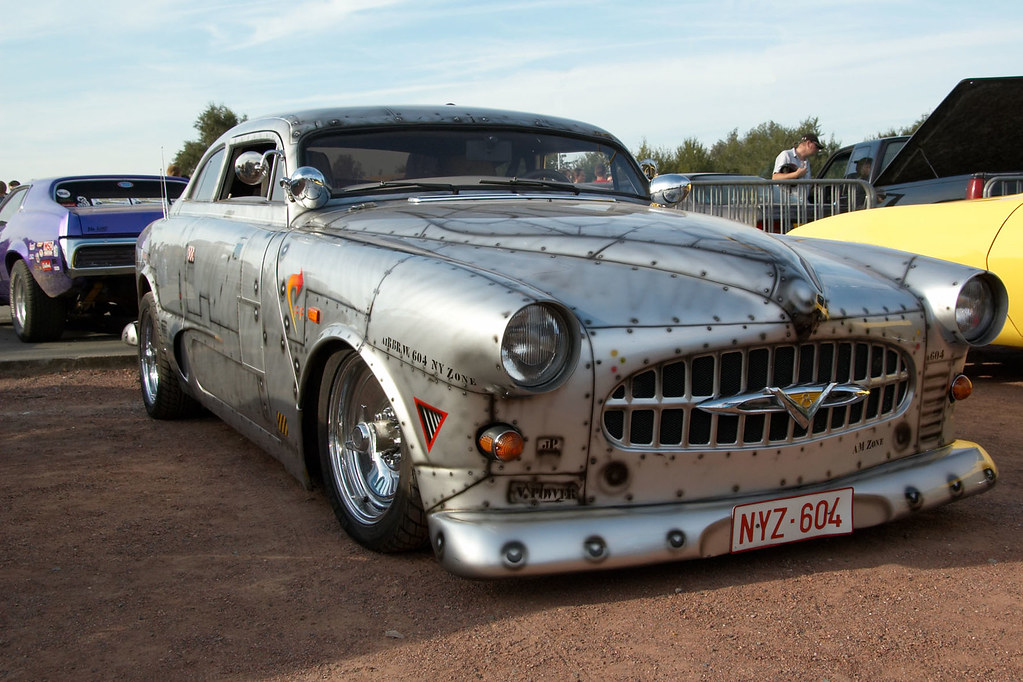
12. **Hybrid Vehicle Risks**:In a surprising twist, statistics reveal that hybrid vehicles, which combine internal combustion engines with electric power, are “more likely to catch fire than electric or ICE vehicles.” One study found a rate of “3,474 hybrid cars catch fire for every 100,000 sales,” a significantly higher figure compared to both ICE (1,529 fires per 100,000) and EVs (25 fires per 100,000). This counter-intuitive fact underscores a unique set of fire risks associated with these complex vehicles.
The increased risk in hybrids often stems from the inherent complexity of integrating two distinct power systems – a gasoline engine and an electric battery/motor system. This means hybrids have all the potential fire hazards of an ICE vehicle (fuel leaks, overheating engine) combined with the additional battery-related risks of an EV (thermal runaway, electrical faults). More components and more intricate wiring increase the potential points of failure, raising the overall likelihood of an incident.
A particular concern for hybrid vehicles arises after an accident. The context highlights that “one study suggests that a hybrid car will explode approximately sixty minutes after its battery pack breaks” in a collision. This delayed reaction is exceptionally dangerous for first responders and bystanders, as the vehicle might appear stable immediately after an impact, only to ignite or explode later as internal battery damage escalates into thermal runaway.
Given these heightened risks, hybrid car owners must be especially diligent with maintenance. Specialized training is often required for mechanics to properly service hybrid systems, ensuring that both the traditional engine and the electrical components are in top condition. Promptly addressing any warning lights, especially those related to the hybrid system or battery, is crucial. Additionally, awareness of the delayed fire risk post-collision should inform safety protocols for everyone involved in an accident involving a hybrid vehicle.
Manufacturers have also faced challenges, with “thousands of hybrid cars recalled in 2020 due to battery-related incidents.” Specific examples include Volkswagen recalling hybrid models in 2022 due to “potential fire risks,” demonstrating that even well-engineered vehicles can have design flaws that necessitate urgent attention. Always heed recall notices to ensure your hybrid remains as safe as possible.
Read more about: Read This First: 14 Popular Trucks and SUVs That Become Costly Money Pits Once They Hit 80,000 Miles

13. **Electric Vehicle Battery Thermal Runaway**:While the overall statistics indicate that electric vehicles are “20 times less likely to catch fire than ICE vehicles,” when an EV does catch fire, the nature of the blaze is distinctly different and presents unique challenges. The primary cause of EV fires is “Thermal runaway within the battery,” a severe chemical chain reaction that is difficult to contain and extinguish, demanding specific knowledge and equipment from emergency services.
Thermal runaway occurs when an internal fault, such as a short circuit, overcharging, high ambient temperatures, or damaged battery components, causes one cell in a lithium-ion battery pack to overheat. This heat then spreads to adjacent cells, triggering a cascading, self-sustaining reaction that rapidly generates immense heat and often releases highly flammable gases. Once initiated, this process is incredibly difficult to stop, as the battery essentially fuels its own fire from within.
The fires generated by thermal runaway are characterized by their extreme temperatures, which can reach approximately “5,000 degrees Fahrenheit or 2,760 degrees Celsius,” significantly hotter than an ICE car fire. They also burn for extended periods, averaging “between 4 and 5 hours,” but can last “up to 24 hours and reignite days after the incident.” Furthermore, extinguishing an EV battery fire requires “more than 3,000 gallons of water,” far exceeding the amount needed for a typical gasoline fire, posing logistical challenges for firefighters.
To mitigate these risks, manufacturers employ sophisticated Battery Management Systems (BMS) in EVs, designed to constantly monitor battery temperature, voltage, and current to prevent overheating and overcharging. Owners play a crucial role too, by adhering to proper charging practices, avoiding overcharging, using reputable charging stations, and addressing any battery malfunctions promptly. Ignoring warning signs could lead to a catastrophic thermal event.
Regulatory bodies and car manufacturers are actively developing new safety features and infrastructure to protect drivers. The focus is on improving battery design, enhancing safety features to prevent thermal runaway, and developing better protocols for emergency responders. Despite their rarity, the unique characteristics of EV fires mean continuous innovation and driver awareness are essential to ensure the ongoing safety of electric vehicles on our roads.
Read more about: Hybrid Car Battery Woes: An In-Depth Guide for Savvy Owners to Avoid Thousands in Repairs
Staying informed about the myriad ways a car fire can start is more than just good to know; it’s a critical component of responsible car ownership. From the unexpected dangers posed by rodents chewing through wires to the specific risks associated with cutting-edge electric vehicle batteries, each potential cause offers a unique lesson in prevention. The collective wisdom of mechanics and fire safety experts consistently points to one overarching truth: proactive maintenance and awareness are your best defenses. By understanding these common culprits and taking preventative measures, you empower yourself to keep your vehicle, your loved ones, and everyone on the road safer. Don’t wait for a crisis; take action today to safeguard against the unthinkable.


